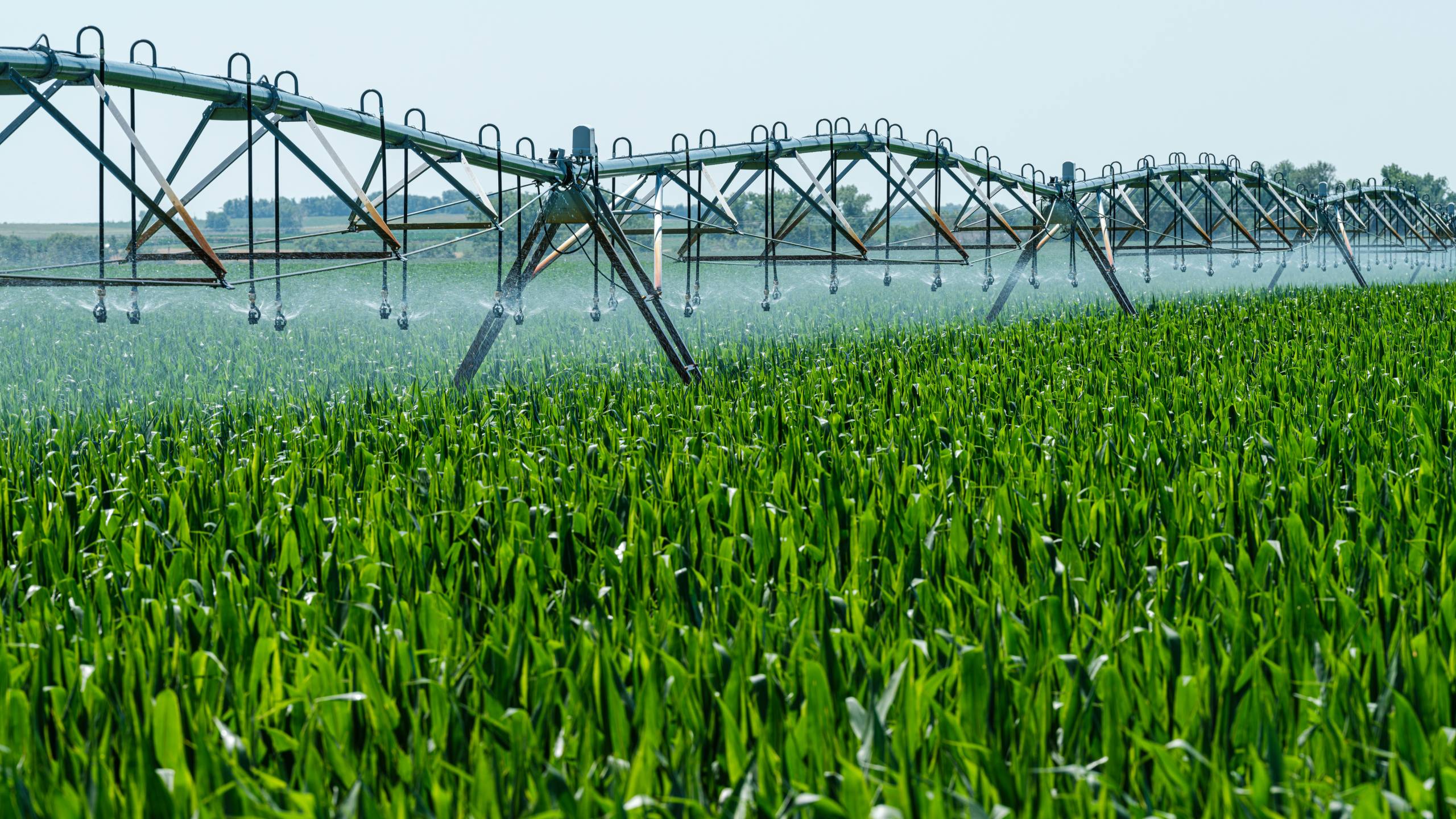
This article is included in these additional categories:
Energizing Agriculture: Advancing Beneficial Electrification in Farming
A new report from Vermont Law and Graduate School’s Farm and Energy Initiative outlines the transformative potential of beneficial electrification in the agricultural sector. The comprehensive analysis underscores how electrification can mitigate environmental impacts, bolster economic resilience, and support a sustainable future for farming.
Understanding Beneficial Electrification
Beneficial electrification refers to replacing fossil fuel consumption with clean, renewable electricity to power agricultural activities. The report emphasizes three primary goals which include enhancing grid reliability, lowering long-term energy costs for both utilities and consumers and decreasing end-use emissions. By transitioning to electric-powered equipment and processes, farms can significantly cut greenhouse gas emissions and contribute to broader climate change mitigation efforts.
Electrification offers substantial economic and environmental benefits for farmers. Adopting electric technologies can reduce operational costs by lowering fuel and maintenance expenses. Over time, this leads to more predictable energy expenses and decreases vulnerability to volatile fossil fuel prices. Switching to electricity—especially from renewable sources—will also dramatically lower greenhouse gas emissions and will align agriculture with national and global sustainability objectives.
Policy Frameworks and Incentives
Federal and state policies play a crucial role in driving the adoption of beneficial electrification. The report highlights several programs designed to incentivize farmers, including subsidies, tax credits, and low-interest loans for purchasing electric equipment and upgrading infrastructure. Noteworthy examples include initiatives by the U.S. Department of Agriculture (USDA) and various state-level programs that provide financial and technical support for electrification projects.
Electric utilities are also key partners in the transition to beneficial electrification. Many offer incentives and rebates for electric equipment and infrastructure improvements. Utilities often collaborate with farmers on their on-site renewable energy projects, such as solar or wind installations, which can supply clean power directly to agricultural operations and contribute to overall grid stability.
Challenges and Solutions
Despite its benefits, electrification in agriculture faces several challenges. High upfront costs, limited access to financial resources, and a lack of technical expertise are significant barriers. The report suggests several solutions, including enhanced financial support through grants and low-interest loans, as well as educational programs to raise awareness and provide technical assistance to farmers. Developing scalable and replicable models for electrification can also help accelerate adoption.
The report includes several case studies that demonstrate the successful implementation of electrification in agriculture, with numerous examples illustrating how early adopters have navigated challenges and reaped the benefits of transitioning to electric-powered operations. From small farms adopting electric irrigation systems to larger operations investing in on-site solar power, these case studies provide valuable insights and practical lessons for other farmers considering similar transitions.
Future Opportunities and Recommendations
This report provides a comprehensive roadmap for integrating beneficial electrification into agricultural practices. Looking ahead, there are significant opportunities for further innovation in electric farming technologies, and the research team encourages ongoing research and development in areas like electric tractors, automated equipment, and advanced energy storage solutions. It also recommends policy implementations to promote the widespread adoption of electrification in agriculture. Key policy recommendations include expanding financial incentives, supporting research and development, and fostering partnerships between farmers, utilities, and government agencies.
By replacing fossil fuels with clean electricity, farmers can achieve economic savings, reduce their environmental footprint, and contribute to a more resilient agricultural sector. As stakeholders come together to support this transition, the future of farming looks increasingly bright and sustainable.
- SEO Powered Content & PR Distribution. Get Amplified Today.
- PlatoData.Network Vertical Generative Ai. Empower Yourself. Access Here.
- PlatoAiStream. Web3 Intelligence. Knowledge Amplified. Access Here.
- PlatoESG. Carbon, CleanTech, Energy, Environment, Solar, Waste Management. Access Here.
- PlatoHealth. Biotech and Clinical Trials Intelligence. Access Here.
- Source: https://www.environmentenergyleader.com/2024/06/the-economic-and-environmental-upside-of-going-electric-in-agriculture/
